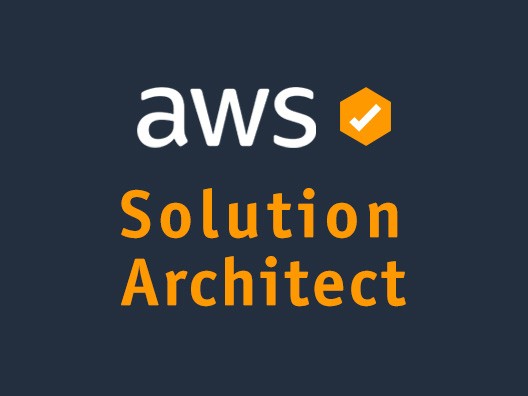AWS (Amazon Web Services) is a cloud computing platform offering a wide range of services such as compute power, storage, and databases through a pay-as-you-go model.
EC2 (Elastic Compute Cloud) provides scalable computing capacity in the AWS cloud, allowing you to launch virtual servers (instances) as needed.
The different types of EC2 instances include General Purpose (T3, T3a), Compute Optimized (C5), Memory Optimized (R5), and Storage Optimized (I3). Each is tailored to specific use cases like compute-heavy tasks, memory-intensive applications, and high I/O performance.
S3 (Simple Storage Service) is an object storage service that offers scalability, data availability, security, and performance.
Data in S3 can be secured using features such as encryption (server-side and client-side), bucket policies, access control lists (ACLs), and IAM roles.
IAM (Identity and Access Management) roles provide permissions to entities (such as users or services) to access AWS resources. It is a more secure way than using hard-coded access keys.
A VPC (Virtual Private Cloud) is a logically isolated section of the AWS cloud where you can launch AWS resources in a virtual network.
Security Groups are stateful and control inbound and outbound traffic for EC2 instances. Network ACLs are stateless and control traffic at the subnet level.
CloudFormation is an AWS service that helps you model and set up your AWS resources using templates, allowing for infrastructure as code.
Auto Scaling helps you automatically scale EC2 instances up or down based on the demand to ensure high availability and performance.
An ELB automatically distributes incoming application traffic across multiple targets, such as EC2 instances, to ensure reliability and availability.
RDS (Relational Database Service) is a managed database service that supports multiple database engines like MySQL, PostgreSQL, and Oracle.
Cost optimization can be done by rightsizing instances, using reserved or spot instances, automating start/stop of non-essential resources, and leveraging AWS cost management tools.
Lambda is a serverless compute service that lets you run code without provisioning or managing servers. You pay only for the compute time consumed.
Serverless architecture allows you to build and run applications without managing infrastructure. Services like AWS Lambda, DynamoDB, and API Gateway are commonly used.
CloudWatch is a monitoring service used to track AWS resources, applications, and services in real time. It provides metrics, logs, and alarms for system health and performance.
Elastic Beanstalk is a platform-as-a-service (PaaS) offering that helps deploy and manage applications in the cloud without needing to manage the underlying infrastructure.
AWS Regions are geographical locations worldwide where AWS data centers are located. Each region contains multiple Availability Zones, which are isolated locations within the region to improve fault tolerance.
Multi-AZ RDS provides high availability by replicating data between two AWS Availability Zones, ensuring failover support in case of outages.
DynamoDB is a fully managed NoSQL database service that provides fast and predictable performance with seamless scalability.
